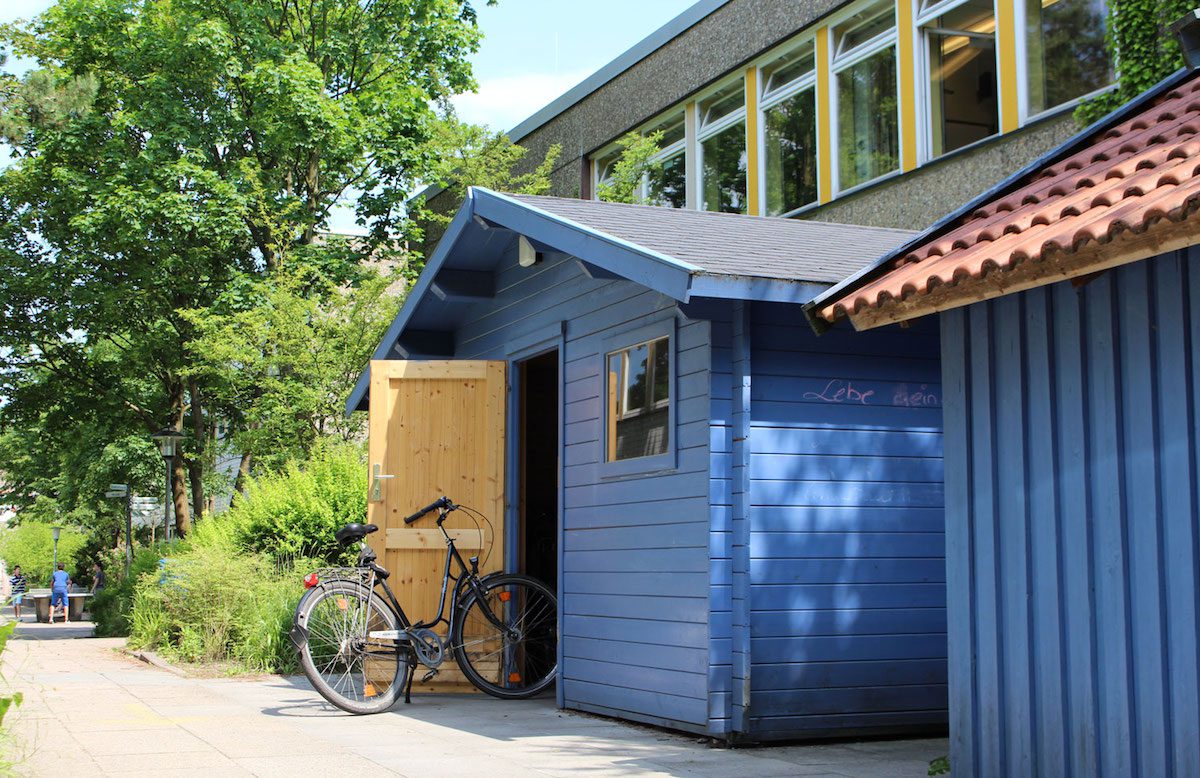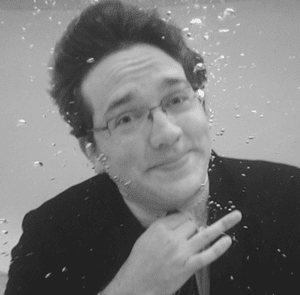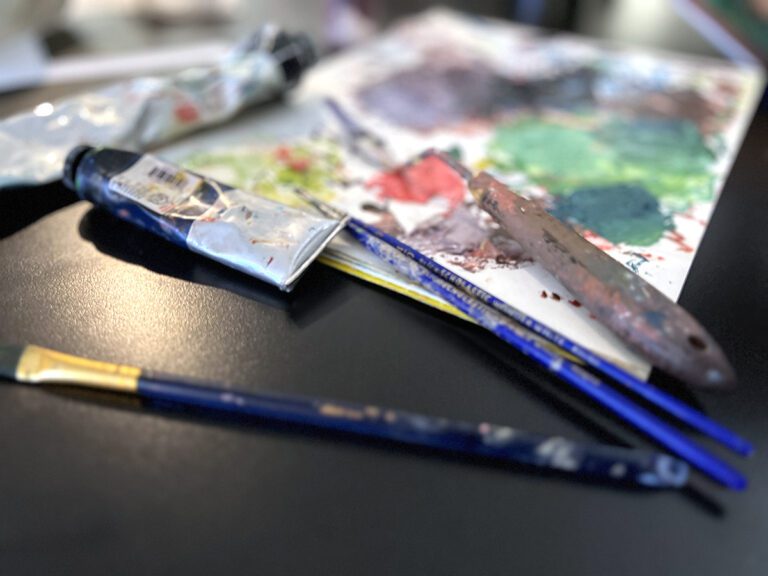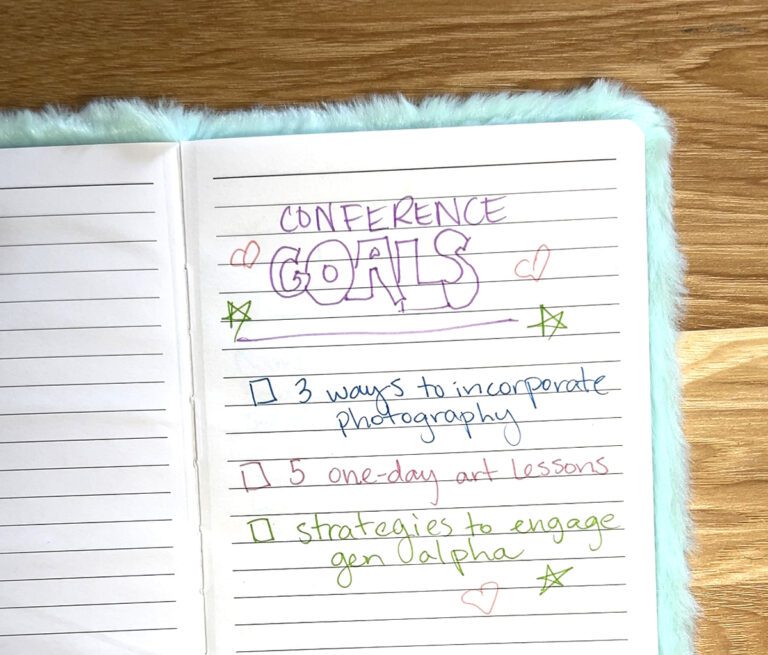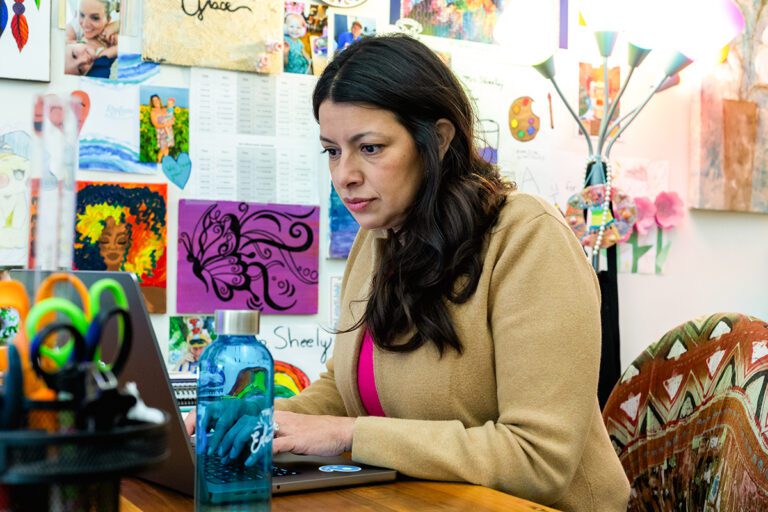
Welcome to Teaching Art Around the World! The fifth part of the series takes us to Hamburg, Germany, where we will talk to Anna Grahlmann. Anna works at Grootmoor Gymnasium, where she teaches art and English and authors the Art Sparks blog. If you missed any of the previous articles, take a look at teachers’ stories from Norway, Thailand, Ethiopia, and India.
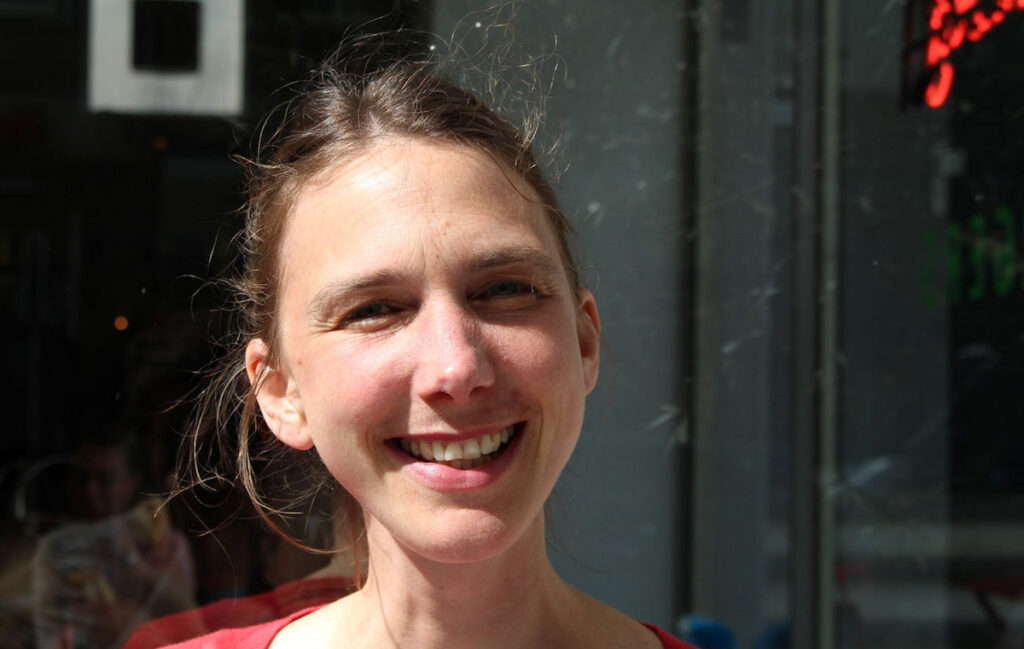
Anna’s Background
I was born in Germany and my father’s family is Austrian, so I feel a strong connection to the Alps where I spend my vacations. I have studied in the United States and New Zealand and done internships in England and Bolivia. The rest of my life, I have lived in Germany.

Read on to hear about the pros and cons of a lifetime contract, why Anna despises standardized testing, and how teaching in Germany can be a good fit if you also want a full family life.
On Teaching in Germany
Anna’s School
The Gymnasium is located in a suburban district of Hamburg, Germany and is one of the biggest Gymnasiums there. We have about 1300 students and 115 teachers. The school is situated in a district with few minorities. Most students who come from other backgrounds have one German parent and have been brought up here. Most students’ families also have an academic background and/or find education important.
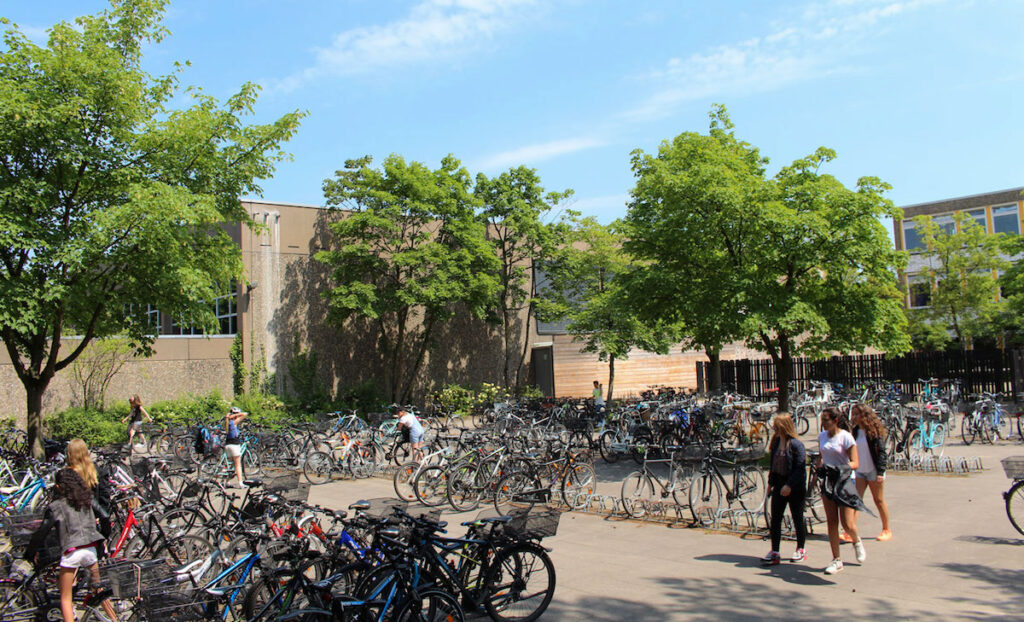
Anna’s Teaching Position
I currently teach 9th, 10th, and 11th grade art and English. I teach in a team and we do day-long and overnight field trips, family communication, career advice, and more. The 5th-12th-grade arts curriculum encompasses basically everything in the field of visual art like fine art, applied art (design, architecture), and mixed media. The focus of our curriculum and my personal interest is in the field of fine art.
Each teacher at my school is asked to attend at least 30 hours of professional development each school year. So, my eight art colleagues and I offer courses to each other. This year has included using a SMART board in the art room, producing films with cell phones, and teaching architecture, silkscreen printing, and pottery.
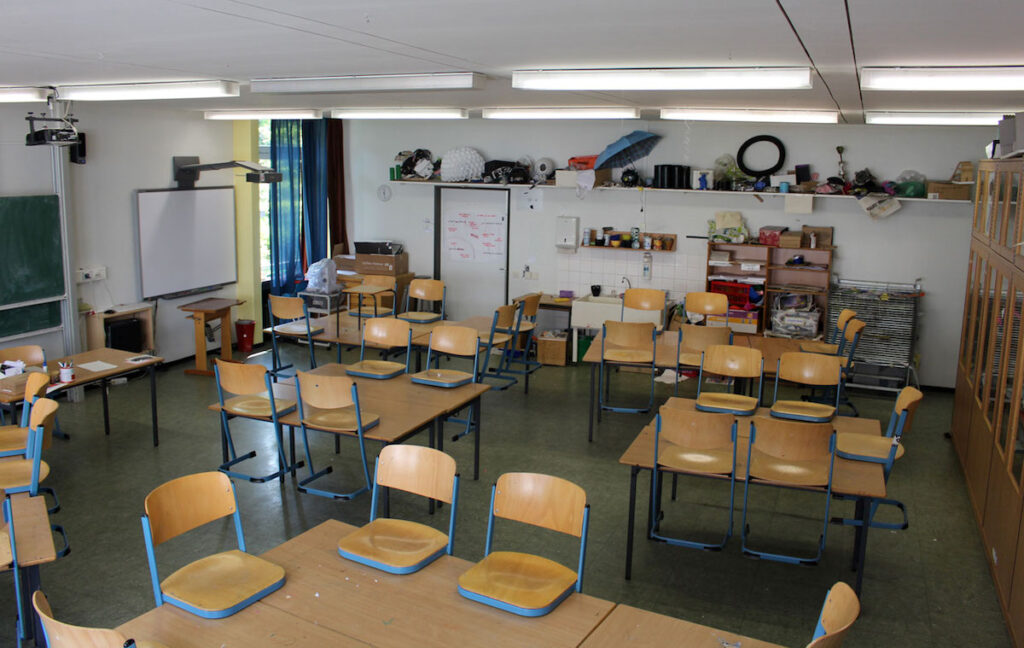
A Lifetime Contract
I imagine many people love the fact that our contracts are basically life-long, as most teachers are civil servants. A lot of teachers stay in the same school for many years, if not forever. I’m probably in the minority when I say that I’m not sure how helpful it is. It makes us all a bit stiff. It’s not easy to switch between states or schools, even if you’re unhappy in your position.
However, staying at a school for a long time does have its benefits. Many times colleagues become close friends and use their collective creativity to do great things for the school climate. Plus, after 15 years or so, they sometimes teach the children of their former students, which makes them feel like a vital part of the community.
The Difficulty of Changing Schools
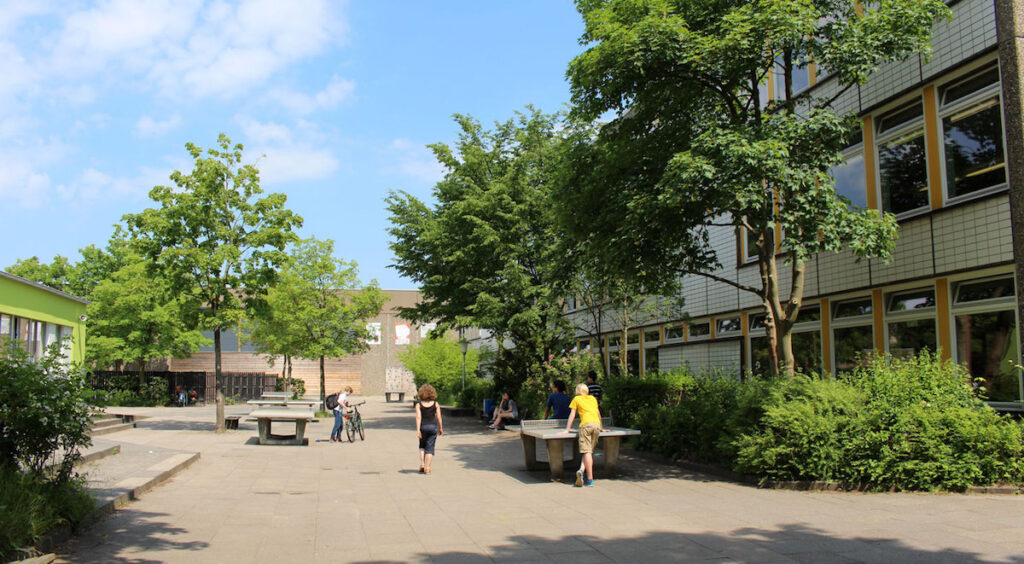
I can think of a lot of reasons why a teacher might want to change schools or even jobs. They might feel unhappy in their position or decide that they want to teach older or younger students. They might feel like they don’t have enough administrative support or see changes made by the school board that they don’t want to see.
As civil servants, we aren’t allowed to go on strike, which adds to the feeling that we are very much dependent on the school board’s decisions. Plus, quitting a job with a lifetime contract has a lot of consequences. It makes one’s pension very small and cuts into health insurance and other benefits.
So, although there may be good reasons to want to change schools or jobs, the system does not anticipate this, and most colleagues don’t have the courage to take the big risk and quit. Changing schools is possible, but if you are unlucky, it can take years.
Standardized Testing
In Hamburg, art and music are not (yet) tested on a nationally standardized system. I hope it stays like this because I hear from other states in Germany that art teachers feel an even greater pressure to teach mostly theory.
Art is about pushing students beyond standards. We give them alternative ways to express themselves and explore the world without knowing the outcome. “Astonish me!” or “Make it your own!” is what we like to say. Open-ended, risky projects prepare students to become innovative leaders as adults.
I am convinced that the more school boards cry for standardized tests and the more pressure that is put on students and teachers, the more important art becomes. As art teachers, we can stay strong and keep encouraging our students to think in new ways. We can continue to clearly communicate why what we teach is so important.
Educational Climate (aka, Does This Sound Familiar?)
While being a teacher in Germany offers a lot of security and conveniences, I think a challenge is how to make school a place that keeps up with today’s demands. I feel like my colleagues are very smart and only want good things for their students. However, the system eats them up. It’s too much.
I hate the fact that 5-year-olds are more creative than 15-year-olds, which I (also) blame on our school system. I guess each teacher has to find their own answer to the question of how to deal with the growing amount of duties we have to do (besides our core job, teaching) without passing all the stress on to our students. The world is changing rapidly, but the school system is slow to keep up.
On Living in Germany
Parenting
In addition to a great pension and ample vacation time, another luxury when working as a teacher is that it is very convenient for parents. It is easy to work part-time if you wish to do so. In fact, the majority of teachers do anyway, even when they don’t have kids because it is such a demanding job. You can take parental leave for three years and still be guaranteed a job when you return. During the first year of your parental leave, you get 60% of your salary.
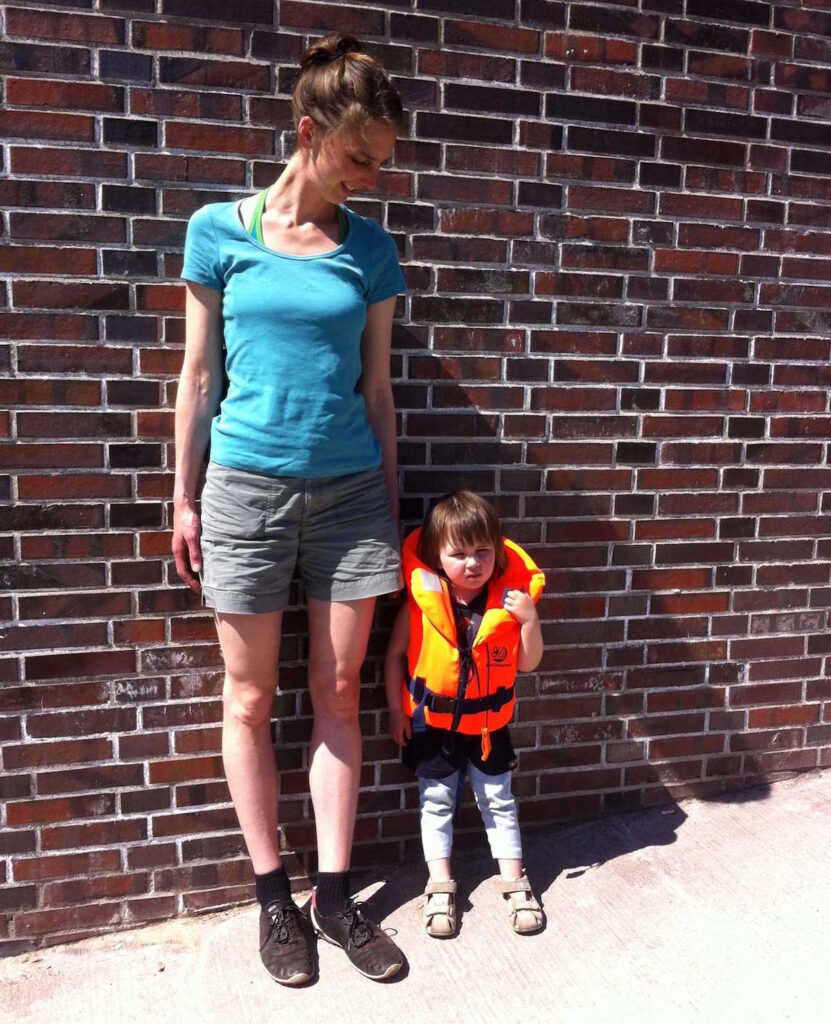
I could have stayed at home for three years (two years without pay) without worrying about losing my job. But I was ready to go back after one year. I feel like I can enjoy the challenges and joys of family life and work by doing both at the same time.
A Balanced Life
I appreciate a balanced life: I love sports, fresh food, family time, time on my own, time for art, and time for my husband. So, outside of school, I am most happy when I can squeeze in a little bit of everything. I usually spend the afternoons with my children, Theo (6) and Paula (3), if there are no school conferences.
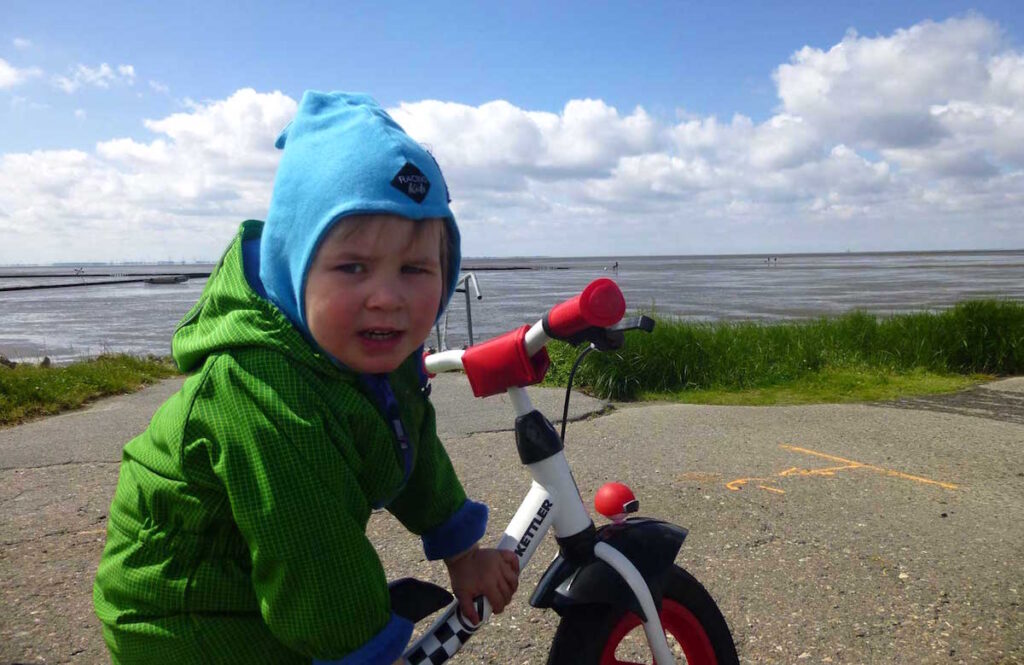
Hamburg offers great opportunities to go cycling inside and outside the city. It has a lot of parks and two rivers. I love to go with my racing bike alone or take the children for a canoe trip or a run with me. I love the mountains, but they are far away, so I wait to spend my holidays in Austria going hiking, biking, and running.
The Neighborhood
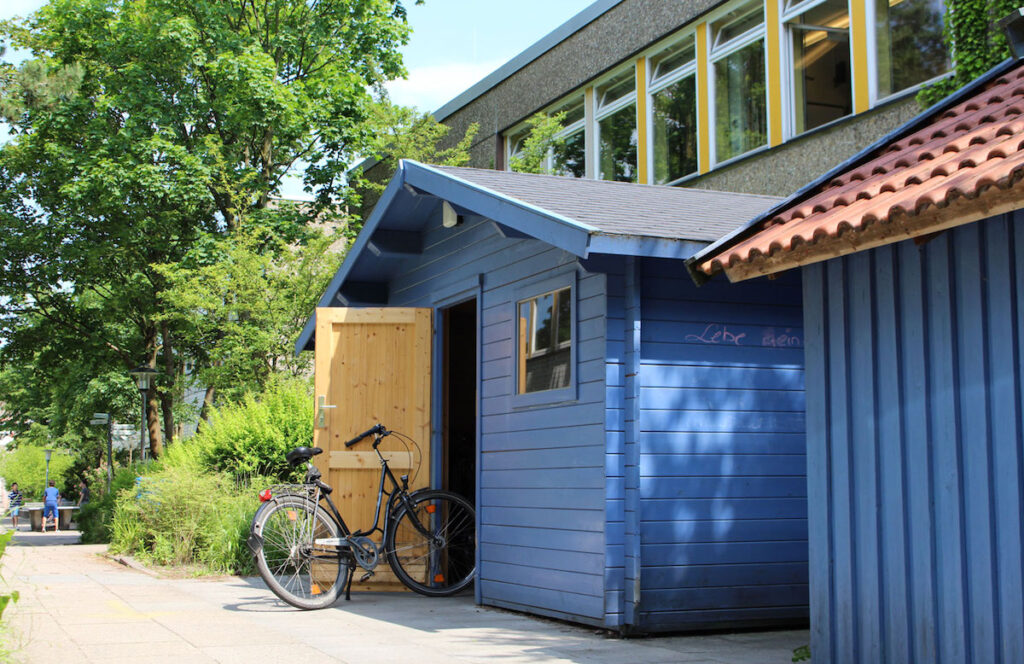
Hamburg has about two million inhabitants. Our neighborhood is close to the airport and the Alster river. The river runs through the city from north to south and has lots of surrounding parks. Our car usually sits, unused, in front of our house as there are many parks, shops, and restaurants nearby. It’s easy to get almost anywhere by bike. There are a lot of young families on our street, which is nice.
Surprises
In Germany, people might be surprised by the number of days the sky can just stay gray without interruption. It is beautiful, but it can be dark.

Plus, everything here is smaller down to the streets and size of meals. You enter a public sauna naked. You can drink beer and wine at 16 and everything else at 18, which is also when you get your driver’s license.
The Best of Germany
There are many great things about living in Germany. For me, three of the best are safety, freedom of speech, and good food. Our geography offers many opportunities to explore the world without worrying about safety. We have a good social (health) care system, and it’s easy to purchase local, organic food. I also like how green technologies, cycling paths, and sustainable living have become popular.

On Teaching Abroad
If I didn’t have kids, I would seek out teaching abroad positions right now! Through those experiences, you realize things you thought were normal were not. It opens up alternative ways of doing things, like how to organize your lessons or approach and speak to your students. School culture and administration would improve a lot of we’d have more teachers going abroad for a time and coming back with new ideas about teaching and contemporary art education.
Of course, it takes ambition and effort to get all the paperwork done to make it happen. About Germany, I would say: don’t be too sensitive when it comes to the rainy, cold days between November and April. You might get homesick. But there’s a German song that says, “Being thirsty is worse than being homesick.”
Have you ever been to Germany? What was your experience like?
What did you think about the educational climate Anna described?
Magazine articles and podcasts are opinions of professional education contributors and do not necessarily represent the position of the Art of Education University (AOEU) or its academic offerings. Contributors use terms in the way they are most often talked about in the scope of their educational experiences.
